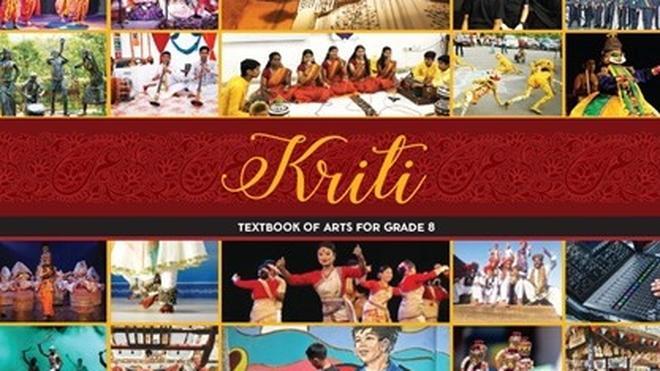New NCERT textbooks bring classical dance and music into classrooms for the first time
By Administrator | Education | 25-Aug-2025 13:52:57

News Story
In a landmark shift in school education, the National Council of Educational Research and Training (NCERT) has introduced, for the first time, structured lessons in Indian classical music, dance, theatre, and visual arts into textbooks for Classes 3 to 8.
The new series—Bansuri (Classes 3–5) and Kriti (Classes 6–8)—has been rolled out in the 2025–26 academic year, in line with the National Education Policy’s emphasis on rooting learning in India’s cultural ethos.
Students will now be exposed not only to the basics of swar, laya, ragas and taals, but also to the hand gestures and expressive forms drawn from classical dance traditions such as Bharatanatyam, Kathak, Kathakali, Kuchipudi, Manipuri, Mohiniyattam, Odissi, and Sattriya.
“This is the first time schoolchildren will encounter classical forms of dance and music through official curriculum,” said Sangeet Natak Akademi chairperson Sandhya Purecha, who led the textbook development team.
“Earlier, such exposure was limited to private training. Now every child, even in a village school, can experience India’s artistic heritage.”
From ancient texts to modern classrooms
The textbooks draw inspiration from foundational Sanskrit treatises such as the Natyashastra, Brihaddeshi, and Sangita Damodara.
For dance, they reference the Abhinaya Darpanam, which explains the art of expression through hasta mudras (hand gestures).
Each concept is presented in a child-friendly, project-based manner—leaps, jumps, and formations from classical dances can be adapted into contemporary or folk routines, while basic ragas and taals help students understand and enjoy live performances.
The focus, Purecha stressed, is not mastery but appreciation. “We are not trying to create expert performers in school. Instead, we are giving students simple tools—mudras, ragas, rhythms—that they can integrate into storytelling, drama, or group projects.”
Blending tradition with technology
To address the shortage of trained arts teachers, the books feature QR codes that link to curated audio and video content.
This enables students and teachers alike to access performances and demonstrations, making the learning interactive and self-guided.
Assessment will also move away from theory exams. Instead, students will be graded on group projects and performances in dance, drama, and music. “The Arts period is something children already look forward to. Now, it will be more rooted, meaningful, and inclusive,” Purecha added.
Wider reach
Translated into 19 Indian languages—including Hindi, Urdu, Bengali, Tamil, Telugu, and Marathi—the new textbooks aim to make classical art education accessible nationwide.
Parents and teachers, NCERT officials note, are also engaging with the material, often revisiting junior-level texts to build their own understanding.
In the foreword to Kriti, NCERT director Dinesh Saklani summed up the initiative: “These books infuse rich Indian knowledge systems, cultural heritage, and values—deeply rooted in Bharat—into the classroom.”
---